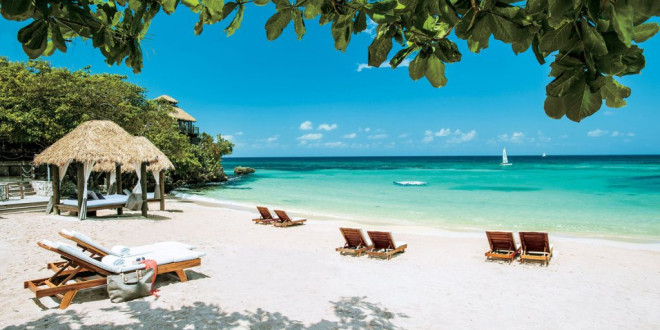[ad_1]
Your wedding planner advises "6 weeks before the big day, send out the wedding invitations."
Great, but due to the large variety of options (paper type, color, font, wording, reply options, announcements, partial invitations etc) it can all get rather confusing. So to make things clear, here's a brief description of the terms commonly associated with wedding invitations.
Seal And Send: These invitations consist of a single piece of card folded and sealed to avoid the need for an envelope. Beneath the invitation there is a perforated return postcard that can use to reply. Prices for send and seal invitations normally include seals and a return address printed on both the outside of the initial invitation and the response card.
Envelope Seals: These seals are purely for decorative purposes. They are made or self-adhesive labels or blobs of wax and are meant to give the impression that they hold the envelope closed (although the envelope is already sealed in the conventional way). If chosen correctly, these seals can add a touch of class and make your wedding invites stand out from the rest of the mail that people receive. Hundreds of different styles are available so you should not have a problem finding the right seal to match your invitations.
Pre-Printed Envelope Flaps: If you want to save time and ensure that any undeliverable invitations are sent back, why not get your return address printed on the outer envelope. It will add a small amount to the cost of your invitations but the benefits outweigh the cost.
Response Cards: If you need to know specific details about your guests' requirements, these cards are invaluable. They are generally included in the envelope with the main invitation and allow your guests to give you more than a simple yes / no response. For example, you could include the option to attend just the reception or the whole day. Or they may also have specific dietary requirements that have to be catered for. All of these answers will help with your preparations. If you want the best response possible, include a stamped return envelope with your return address on it. Then, your guests only have to fill out the card and send it back. Due to the extra weight, these cards may add to the cost of your postage.
Reception Cards: If you need extra space to add details about your reception, or if not all guests will be invited to the reception, these cards can be made to match the style of your invitations and sent with the main invitation. Again, they could add to the overall cost of your postage.
Map Cards: This is another additional insert and as the name suggests, is a map of the wedding location / reception for guests who do not know the area.
Thank You Notes: These can be purchased / designed at the same time at the rest of your invitation set. These notes normally consist of your names on the front and a blank area inside for you to write your message of thanks. Envelopes are either plain or made to match the style of your invitations.
And that's the basis of a typical wedding invitation. But whatever style of invitation you choose, bear one thing in mind. It's your special day, so your decision is final.
[ad_2]
Source by Ellie Thomson

